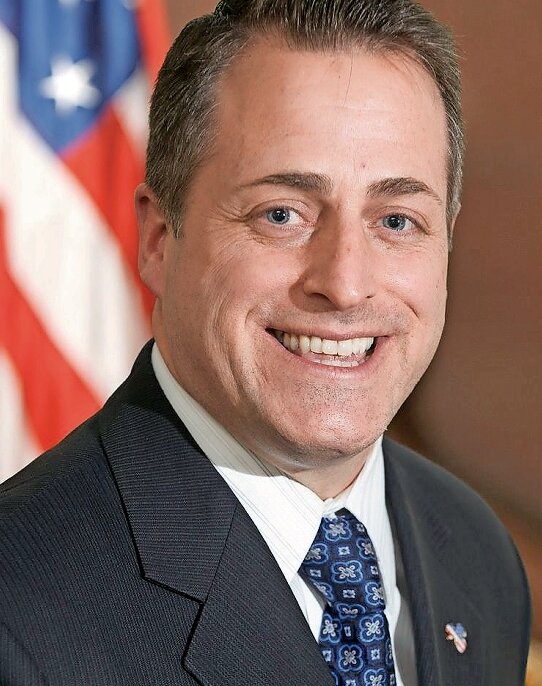A broader path to a future of cleaner energy
Poll after poll shows that most Americans believe the United States is more divided than usual. With many contentious issues appearing to lack compromises, constructive policies can emerge, but zealots on either side must have no greater influence in the debate, and solutions must be based not on either side’s so-called “facts,” but rather on the truth.
One such issue is the environment and climate. I have yet to meet anyone who wants polluted air or water. Everyone I know wants a clean environment, and supports a transition to green energy that supplants as much of fossil energy as possible. The overwhelming majority of people I speak to on the issue understand that investment in renewable energy is a must so that technology will continue to develop.
At the same time, that majority wants public policy on the transition to green energy to be smart, realistic and, most of all, not financially ruinous to their families. That shouldn’t sound radical, but to the zealots on either side of the issue, it’s an unacceptable position. To the right, there is no such thing as climate change or, they say, “Climate is always changing.” To the left, climate change is an existential threat to humanity, and if we don’t act immediately, the world will end.
Let’s face it: Green energy has become for Democrats what Big Oil has been for Republicans. Both are booming and competing industrial sectors willing to accept the support of one political party over the other in the hope of gaining market share in the world of energy.
The debate over climate change and resulting policy is not only a federal issue but a state-to-state battle as well. It stands to reason that New York, a heavily Democratic state, is at the forefront of devising and implementing climate policy. But is that policy smart, realistic and affordable?
In 2019, New York, under Democratic rule, passed the Climate Leadership and Community Protection Act, mandating that 70 percent of the state’s energy come from renewable resources by 2030, and that 100 percent of its electricity be emissions-free by 2040. The cost of the act was estimated at $295 billion, but recent data puts total expenses closer to $4.9 trillion.
Will the CLCPA’s goals be achieved, or is it just a political boondoggle? To meet its targets, more than 111 gigawatts of generation capacity will be needed by 2040, and 95 gigawatts must be new generation. To put that in perspective, one gigawatt is enough to power roughly 750,000 homes, and today the state generates a total of roughly 41 gigawatts. We have added only 12.9 gigawatts of new generation since 1999, so it’s responsible to ask whether we can produce another 70 by 2040.
Not reaching that arbitrary, unrealistic benchmark wouldn’t be fatal, but the all-in, nothing-but-renewable-energy approach is dangerous. The New York Independent System Operator has warned that fossil fuel-powered facilities that were at one time feeding the largest share of energy to the state grid are being taken offline faster than renewable sources can be added. Former Gov. Andrew Cuomo’s decision to shut down Indian Point in 2021 is a perfect example.
For years, it was claimed that energy lost from shutting the nuclear plant down would be replaced by gains in renewable energy. The reality is far from that, with wind, solar and other renewable energy increasing by only 2.2 percent since the closure, with fossil electricity generated rising by 11 percent. Basically, we closed a reliable, carbon-free plant so we can more heavily rely on a fossil fuel-driven electrical grid.
Even if renewable energy completely replaced fossil-based fuels, are these systems reliable? What happens when the sun isn’t shining or the wind isn’t blowing? If New York eliminates all fossil-fuel power plants and won’t consider nuclear, it will need an unrealistic amount of battery storage. To highlight this issue, the state Energy Research and Development Authority has estimated that in periods when wind and solar resources are low, as much as 2,400 gigawatt-hours of storage will be required, which is well beyond current capability.
Then there is the question of the cost of the green transition — not just to government, but also to customers. This question was never answered before CLCPA became law. Ratepayers will cover that cost with increased fees, taxes, and energy bills. The real-life ramifications are beginning to be noticed: Customers of National Grid, PSEG and Liberty Water have seen their bills increase.
Moving forward, New York can lead in environmental protection, but not at the expense of its residents’ financial stability. A comprehensive review of the flawed CLCPA, incorporating accurate cost estimates and reliability studies, is imperative to chart a viable and broader path toward a cleaner future.
Brian Curran represents the 21st Assembly District.






